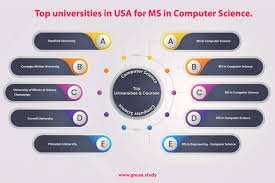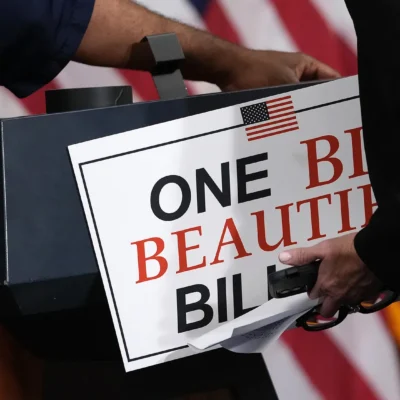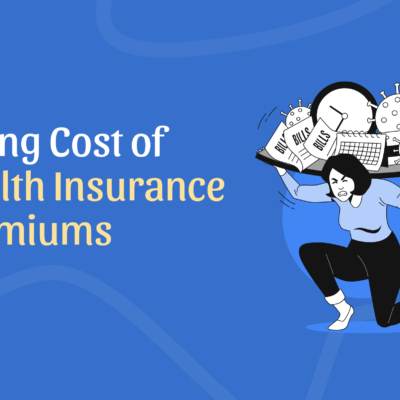The US travel fee is about to double for millions of international visitors, following a major policy change announced by the U.S. government. Travellers to the United States entering under the Visa Waiver Program (VWP) will see the increase reflected in the Electronic System for Travel Authorization (ESTA) charges. This move marks a significant shift in how the U.S. funds its tourism initiatives and entry screening programs.
For many travelers from eligible countries—like the UK, Australia, Japan, Germany, and others—ESTA is a required step for visiting the U.S. for tourism, business, or transit for up to 90 days without a visa. As of the upcoming policy change, the total ESTA fee will rise from $21 to $42, a move that’s being widely discussed in the global travel community.
Here’s what’s changing, why it’s happening, and what travelers should do to prepare.
1. What Is the ESTA and Who Needs It?
The Electronic System for Travel Authorization (ESTA) is an online system operated by the U.S. Department of Homeland Security (DHS) that screens travelers from Visa Waiver Program (VWP) countries before they enter the United States.
It’s not a visa, but approval through ESTA is mandatory for all eligible travelers arriving by air or sea.
Countries affected include:
- United Kingdom
- Australia
- Japan
- Germany
- South Korea
- France
- Italy
- Spain
- New Zealand
- And more (a total of 40 VWP countries)
The ESTA is valid for two years or until your passport expires (whichever comes first), and it allows for multiple entries into the United States.
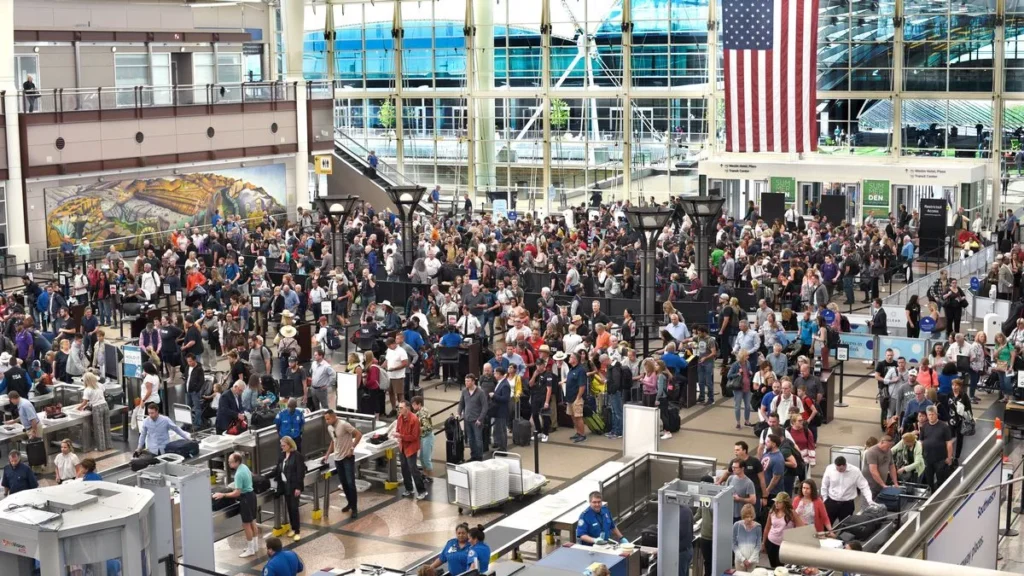
2. What’s Changing and Why?
The ESTA fee is currently set at $21, which includes:
- $4 for processing
- $17 for U.S. travel promotion (via Brand USA, a national tourism agency)
With the new change, the fee will rise to $42, with the promotion fee doubling to $34. This is the first major increase since 2015 and will remain in effect until 2027.
Reason for the change:
The additional funds will go toward boosting U.S. tourism promotion efforts, especially post-pandemic, where tourism revenues are critical for many states. Brand USA will use the increased funding to support marketing campaigns aimed at attracting more international visitors.
3. When Will the New Fee Take Effect?
The new $42 fee is expected to take effect starting in summer 2025, although a specific implementation date has not been confirmed. Travelers are urged to apply for their ESTA before the hike, especially if they’re planning to visit within the next two years.
Tip:
If your travel is planned before the price change, you can still apply now and lock in the lower rate of $21. Since ESTA approvals last for two years, applying early is a smart way to save.
4. How Will This Impact Travelers?
For casual tourists, the additional $21 may not seem dramatic, but it does raise questions for frequent travelers, families, and tour groups.
Example Impact:
- A solo traveler: $21 more per trip
- A family of 4: $84 extra in total fees
- A school trip of 20 students: $420 more in total expenses
This fee increase comes amid rising airline ticket prices, hotel costs, and inflation across major travel sectors. Some travel experts believe it could discourage budget-conscious tourists from choosing the U.S. as a destination.
5. What Should You Do Now?
If you’re planning to visit the U.S. within the next 24 months, consider the following steps:
Apply Now:
Get your ESTA before the fee increases. The application takes about 10 minutes online and approvals are often instant.
Check Passport Validity:
Since the ESTA is tied to your passport, make sure your passport is valid for at least six months beyond your intended stay.
Watch for Scams:
Only use the official U.S. government site to apply for ESTA (https://esta.cbp.dhs.gov). Avoid third-party websites that charge extra service fees.
Stay Informed:
Sign up for travel alerts from your local embassy or U.S. Customs and Border Protection to get updates on ESTA changes.
Industry Reactions
Travel and tourism professionals have mixed reactions to the policy.
“We understand the need for increased promotion,” said a travel agency director in London. “But doubling the fee feels like a heavy lift for some travelers.”
“The cost is still much lower than applying for a traditional visa,” noted a DHS spokesperson. “We believe the value of visiting the U.S. remains high.”
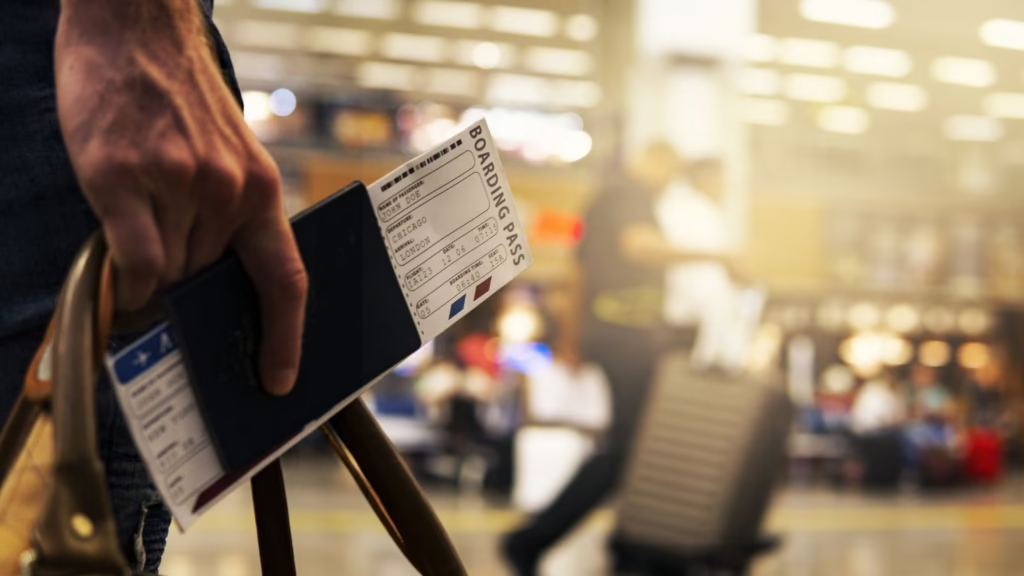
The Bigger Picture
The increase in the US travel fee reflects larger global trends in border management and tourism recovery. Other countries, including the European Union, are preparing to launch similar digital travel authorization systems.
By 2025, many countries will require digital entry permits, including:
- ETIAS (European Travel Information and Authorization System) for travelers to Europe
- Canada’s eTA for visa-exempt foreign nationals
- Australia’s ETA system already in place
Travelers worldwide should prepare for higher administrative costs and more digital screening processes.
Final Thoughts
The US travel fee increase may not break the bank, but it’s another reminder that international travel is changing fast. With tighter digital screening and higher entry costs, travelers must stay informed and plan ahead to avoid surprises.
Whether you’re flying in for business, tourism, or a family reunion, knowing about ESTA changes today could save you both time and money tomorrow.
So if the United States is on your radar—now’s the time to apply.
Read more – Gen Z Is Flocking to These Hidden Small Town Gems


